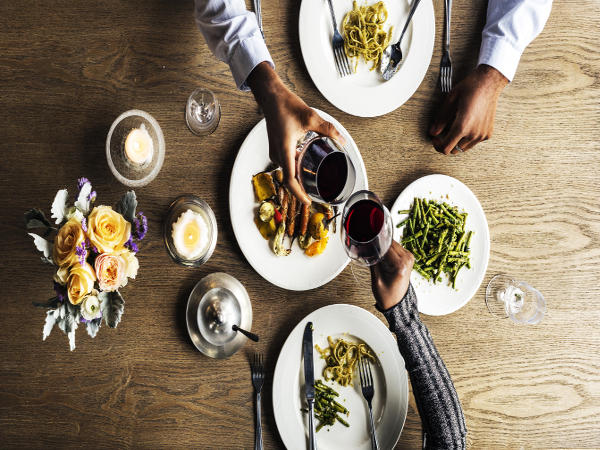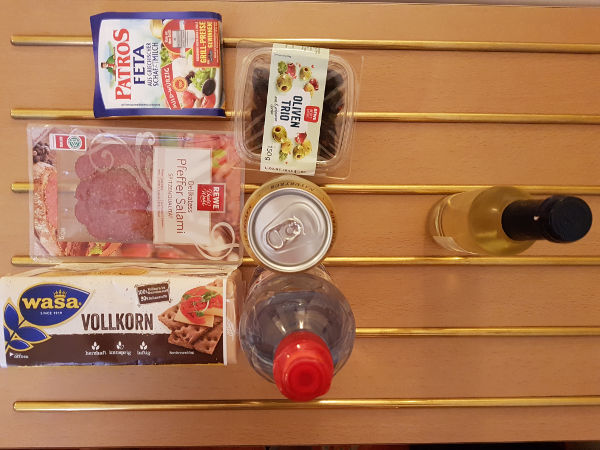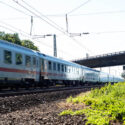Take a look at this picture. On the left hand side you see what I purchased in a super market in a German city. On the right hand side you see a (small) bottle of white wine, taken out of the minibar in the hotel I was staying.
Everything on the left cost me 9 Euro. The small bottle of wine on the right was 7 Euro. This serves as an illustration as for how much comfortable eating and drinking really costs. The difference in value for money becomes more apparent with this concrete comparison.
Consider a road trip of 30 days
Let's take this reasoning further. Say that you will spend 30 days and nights on a road trip in Europe. That's 30 breakfasts, lunches, and dinners, so 90 meals in total. Everytime you sit down for any one of those ninety meals, you are making a choice. Maybe you make it by reflex, maybe laziness rules your decision process. Maybe you simply don't care about how much money you spend.
Each drink and each food item will most likely have a low cost alternative and a high cost alternative. The difference between the alternatives in Euros will be at least 1 Euro (but very likely much more).
So, you will have 1 drink and 1 food item 90 times, that's 180 payments from your travel budget. For simplicity's sake, I don't take into account several drinks or several portions of food.
Let's say you choose the high cost alternative for all 90 meals. That equates to paying 180 Euro more during your 30 day road trip for food and drink. And this is if the price difference for each drink and food stuff's low cost vs high cost alternative is 1 Euro
But we all know that the price difference between buying groceries and eating out is much higher than a factor 2x (using our simple model 1 Euro in price difference). More along a factor 3x, 4x or 5x. Remember that photo above showing the small bottle of white wine for 7 Euro.
So just to play with the numbers, if you would choose to eat out once per day (dinner maybe?) and spend 5 times the low cost alternative, you will effectively pay:
5×1 x 30 = 150 Euro more for your dinners comparing to if you would have chosen the low cost alternative, for instance to buy groceries and cook your own food. Adding up the low cost breakfasts and lunches we get 30 + 30 + (5 x 30) = 210 Euro, where your dinners are clearly making a severe dent in your food and drink budget.
The really bad scenario for your wallet
Let's now suppose that you are having breakfast, lunch and dinner out every day. According to our most pessimistic financial forecast in terms of price difference between low and high cost alternatives we get:
1×5 + 1×5 + 1×5 (one day) x 30 (the entire trip) = 450 Euro.
That is 450 Euro more than if you would choose the low cost options for food and drink the entire month.
Expensive markups and indulging oneself
Again, let's take a look at the photo above. What do you see? I see expensive markups by establishments that are conveniently placed where you want to have a drink or eat. I see a test of will power and financial wisdom. And I see a bunch of good food bought in a super market less than five minutes' walking distance from my hotel. The groceries are juxtaposed to a tiny bottle of wine that happens to be placed in a mini bar in my hotel room.

In reality, most people will choose to indulge themselves with more comfort during their vacation. That makes perfect sense. This blog post is just meant to illustrate the costs involved with food and drinks during your road trip.





